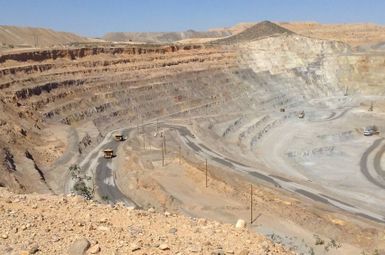
To combat climate change, the world needs to pivot away from fossil fuels. But building battery electric vehicles and infrastructure for renewable energy will require enormous amounts of minerals and resources.

Securing a clean, sustainable and vibrant energy future requires a multifaceted approach. Researchers at the University of Michigan are improving the technologies to deploy clean energy sources—wind, solar, hydrogen, and bioenergy—and are confronting the societal challenges and opportunities that will accompany the shift away from carbon-intensive sources. The U-M Battery Lab is finding new ways to maximize storage of renewable sources, and the Urban Energy Justice Lab emphasizes how future energy development can ensure fair and equitable access to energy.

To combat climate change, the world needs to pivot away from fossil fuels. But building battery electric vehicles and infrastructure for renewable energy will require enormous amounts of minerals and resources.
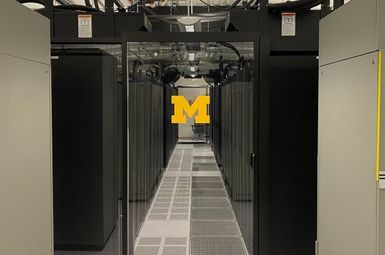
Smarter use of processor speeds saves energy without compromising training speed and performance

Small modular nuclear reactors, or SMRs, could help the U.S. meet emissions goals while also satisfying growing energy demands. Although the U.S. has not powered up an SMR yet due to some deployment challenges, cost and complexity, new research from the University of Michigan shows that they are an economically viable option. Max Vanatta, School for Environment and Sustainability (SEAS) doctoral student is the lead author. The other authors are SEAS Assistant Professor Michael Craig and Robb Stewart, chief technology officer of Alva Energy.
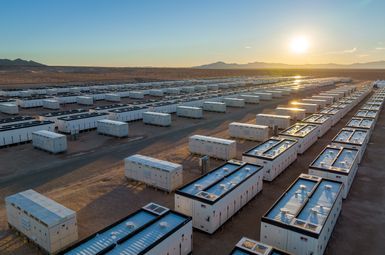
U-M has published a guidebook to help communities navigate the arrival of new battery energy storage systems amid changing energy policies.

"Any product that undergoes significant processing is going to have some carbon footprint, and maple syrup is no different. However, maple farmers get to tell a different story because they are the stewards of a resource that they tap into year after year."
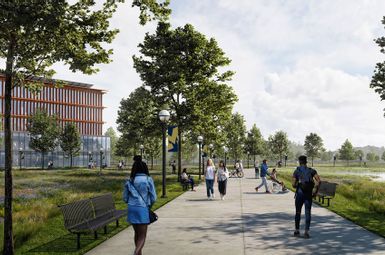
At the core of Campus Plan 2050 is a commitment to sustainability. The initiative proposes innovative infrastructure solutions, including geo-exchange systems designed for efficient heating and cooling through ground-source heat pumps, as well as extensive building retrofits that enhance energy efficiency and sustainability, and efficiency upgrades to the transit system.

Hundreds of terrestrial and aquatic animal species live in the Boca do Mamirauá Reserve, located in the upper reaches of the Amazon, at the confluence of the Solimões and Japurá rivers. It is the first destination of the U-M Pantanal Partnership students this year.
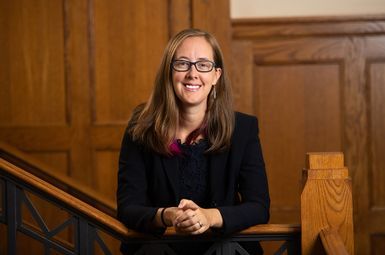
The United States’ struggle to build electricity transmission capacity connecting low-cost producers has environmental and economic consequences for energy companies.
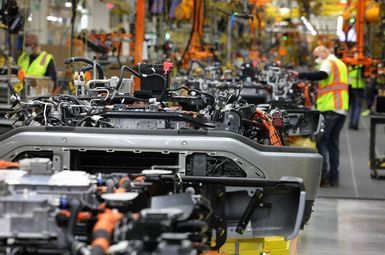
U.S. auto plants producing battery electric vehicles have required a larger workforce than traditional internal combustion engine plants—a finding that runs counter to early predictions about how EVs would impact the industry.
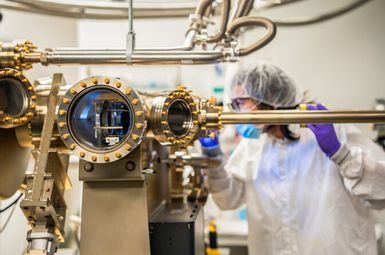
The system produces ethylene, an important ingredient of many plastics, with much higher efficiency, yield and longevity than competing systems.
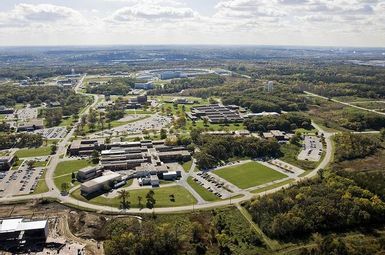
Maximizing the benefits of clean energy requires new ways to store it, and U-M engineers will partner in a new research hub created by the U.S Department of Energy (DOE), designed to develop and further battery innovations.

Artisanal and small-scale mining plays a critical role in supplying the world with minerals vital for decarbonization, but this kind of mining typically lacks regulation and can be socially and environmentally harmful.

The Center for EmPowering Communities, with funding from the U.S. Department of Energy Solar Energy Technologies Office and the Michigan Department for Environment, Great Lakes, and Energy, has expanded its pioneering renewable energy zoning database to detail solar zoning regulations across the Great Lakes region.
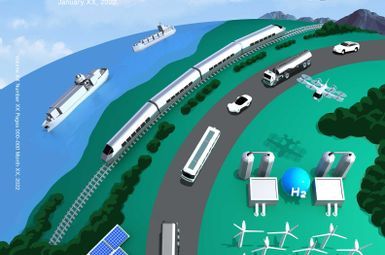
Green hydrogen is emerging as an important potential solution for decarbonizing transportation, but new energy efficiency findings indicate that it should be used strategically in heavy-duty road, rail, aviation and marine transportation, a U-M study shows.
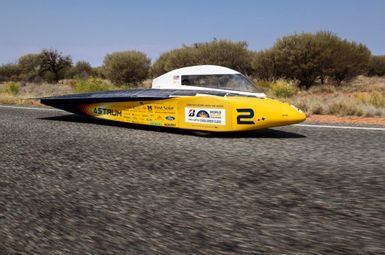
Sporting a brand new roll cage, the U-M solar car team’s latest vehicle will speed down parts of the Oregon Trail and seven other national historic trails during this year’s American Solar Challenge, July 20-27. Starting in Nashville, Tennessee, the team will drive more than 1500 miles to the finish in Casper, Wyoming.
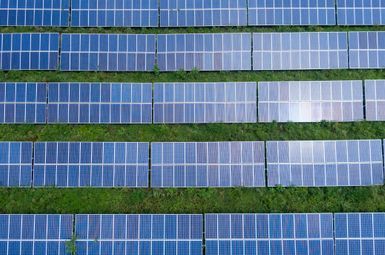
The percentage of Michigan local governments that say they have or are considering renewable energy goals has doubled since 2019. Local officials also report that a variety of energy issues, such as energy infrastructure zoning and planning for electric vehicles, are more relevant to their communities than they were four years ago, and the tone of local policy discussions regarding zoning for renewable energy infrastructure is generally seen as constructive.

An assessment ranks the feasibility of converting 245 operational coal power plants in the U.S. into advanced nuclear reactors, providing valuable insights for policymakers and utilities to meet decarbonization goals, according to a new study by University of Michigan researchers.

Identifying public concerns and misconceptions about nuclear energy can target efforts to bridge these gaps as nuclear energy will play a large role in goals to decarbonize by 2050, replacing oil and gas as a stable baseload electricity source.

Improving electric motor efficiency, reducing costs and ultimately making them without heavy rare-earth elements are the goals of a new $2.6 million project led by U-M.

Converting home heating systems from natural gas furnaces to electric heat pumps is seen as a way to address climate change by reducing greenhouse gas emissions. But a new U-M study of 51 Southeast Michigan households shows that switching to efficient, cold-climate heat pumps would increase annual utility bills by an average of about $1,100.

Three new U-M sustainability catalyst grants will support novel research projects to address vexing environmental challenges. “Catching the Waves” focuses on deploying wave energy converters to power remote coastal communities, starting with Beaver Island in Lake Michigan. “Mussel Roads” uses biomimicry to enhance asphalt durability by developing materials inspired by mussel-binding proteins. “Plast-ick,” leverages artificial intelligence and satellite data to predict pollutants like PFAS in water bodies.

Heat batteries could store intermittent renewable energy during peak production hours, relying on a thermal version of solar cells to convert it into electricity later.

According to a U-M survey, 86% of respondents either strongly or somewhat support adding rooftop solar panels. The survey found some regional variation: Rooftop solar drew support from 83% of leaders in the Upper Peninsula, while garnering 89% support from southeastern Michigan officials.
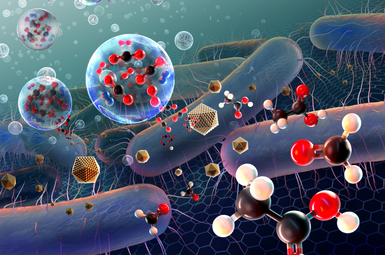
A costly step in the process of taking carbon dioxide emissions and converting them into useful products such as biofuels and pharmaceuticals may not be necessary, according to U-M researchers.
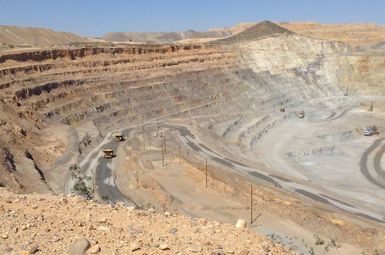
Copper cannot be mined quickly enough to keep up with current U.S. policy guidelines to transition the country’s electricity and vehicle infrastructure to renewable energy, according to a U-M study.

The new projects include “Plast-ick,” which leverages AI and satellite data to predict pollutants like PFAS in water bodies; “Catching the Waves,” which focuses on deploying wave energy converters to power remote coastal communities; and "Mussel Roads," which uses biomimicry to enhance asphalt durability by developing materials inspired by mussel-binding proteins.
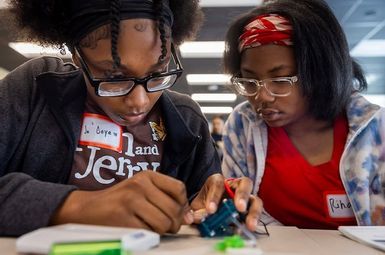
Eighth graders from Henderson Academy in Detroit were the first to build and race model hydrogen cars at the Michigan Engineering Zone.

In a new effort to support decarbonizing the maritime shipping industry, U-M has entered into a strategic partnership with the Copenhagen-based Mærsk Mc-Kinney Møller Center for Zero Carbon Shipping.
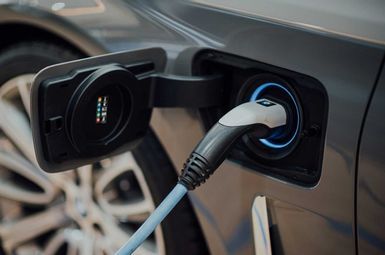
Local officials across Michigan increasingly view electric vehicle infrastructure planning as relevant for their governments, though many cite too few public charging stations and costs associated with adding them as barriers to expansion.
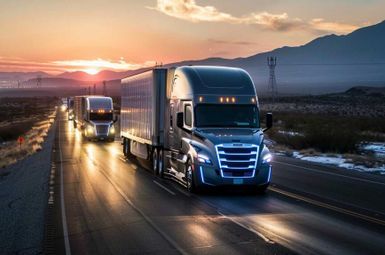
For long-haul routes below 300 miles, electrification can reduce air pollution and greenhouse gas damages by 13%, or $587 million annually, according to the study. For long-haul routes above 300 miles, electrification of just the urban segments facilitated by hub-based automation of highway driving can reduce damages by 35%, or $220 million annually.
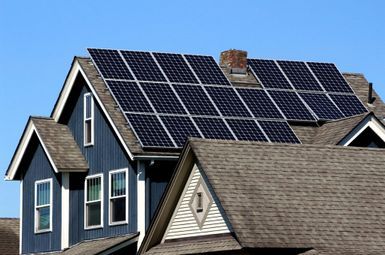
Climate change will increase the future value of residential rooftop solar panels across the United States by up to 19% by the end of the century, according to a new U-M-led study.

Among residents living within 3 miles of large-scale solar energy developments, positive attitudes about the projects outnumbered negative attitudes by a nearly 3-to-1 margin, according to a new survey of nearly 1,000 large-scale solar neighbors across the United States.
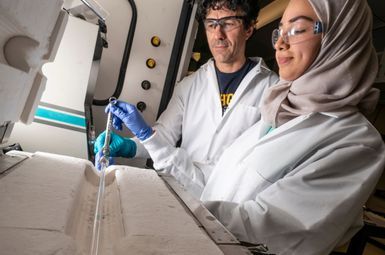
A new way to make an important ingredient for plastics, adhesives, carpet fibers, household cleaners and more from natural gas could reduce manufacturing costs in a post-petroleum economy by millions of dollars, thanks to a new chemical reactor designed by U-M engineers.
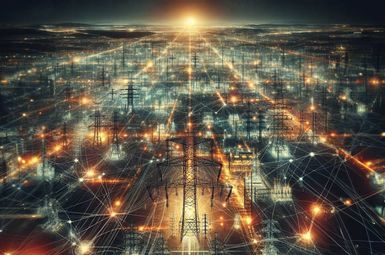
Improving the U.S. electricity grid is necessary to lower costs, boost reliability and help tackle climate change, but it will take some serious soul searching by the leaders of entities that control the grid.
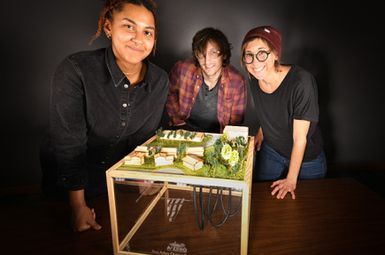
The City of Ann Arbor recently reached out to the Center for Sustainable Systems (CSS) to design a model of a geothermal energy system. The model will be used for public education and community outreach in Ann Arbor.
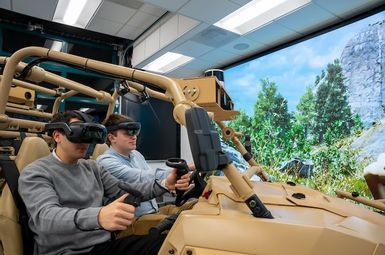
“We are driving the development of modern mobility systems with our advanced modeling and simulation methods, such as high-fidelity synthetic environments, virtual vehicle prototypes and virtual reality tools for human-autonomy teaming."
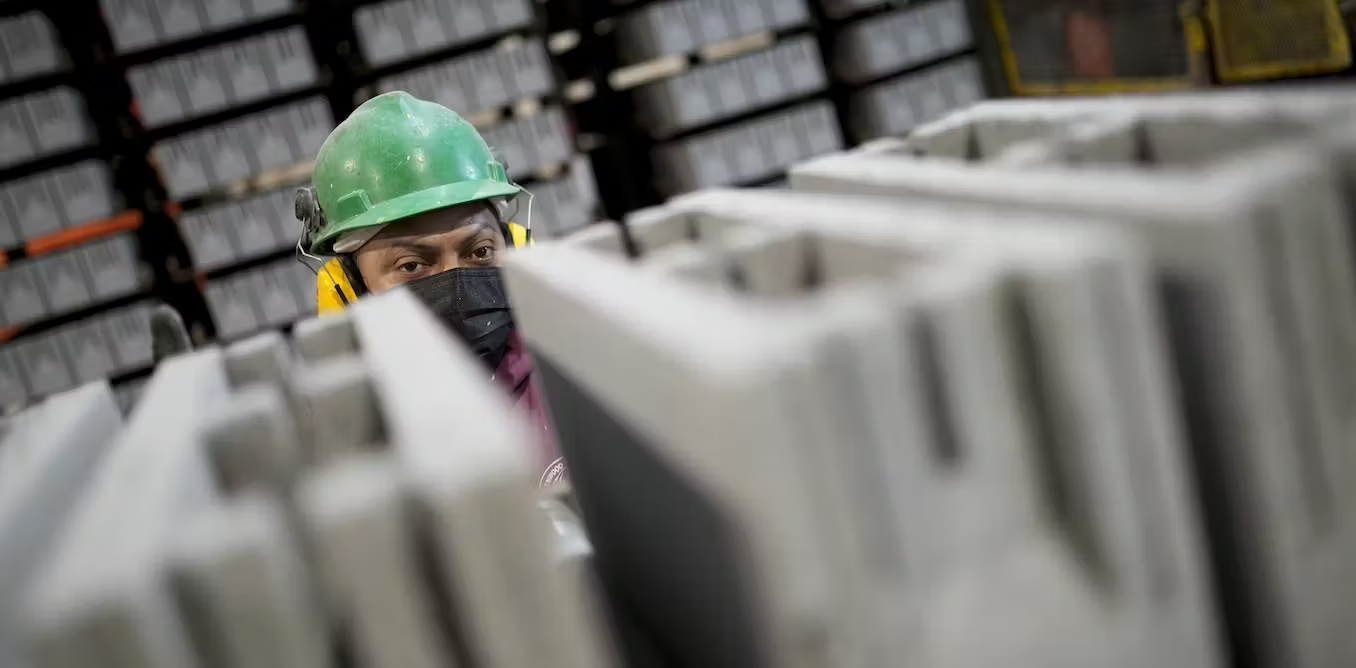
Capturing carbon dioxide from the air or industries and recycling it can sound like a win-win climate solution. The greenhouse gas stays out of the atmosphere where it can warm the planet, and it avoids the use of more fossil fuels. But not all carbon-capture projects offer the same economic and environmental benefits. In fact, some can actually worsen climate change.
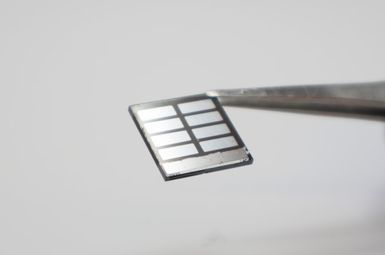
The findings could help engineers methodically find the best molecules to increase the lifespan of perovskite solar cells, rather than relying on time-consuming trial and error.

"“And the warming will continue to accelerate until we halt the burning of fossil fuels. This means continued worsening extreme heat and heat waves, but also many other worsening climate extremes driven by warmer temperatures. More severe droughts, more intense rainfall, more devastating hurricanes and bigger, more widespread wildfires."
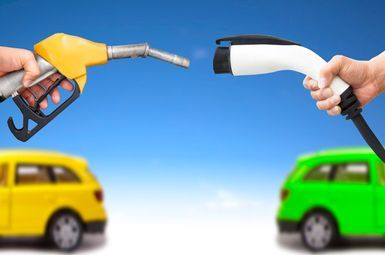
Is it actually cheaper to own an electric vehicle instead of a gas vehicle? It depends. U-M researchers say that where you live matters. For instance, a midsize SUV costs more to own in Detroit than in San Francisco—one of the most expensive cities in the country.
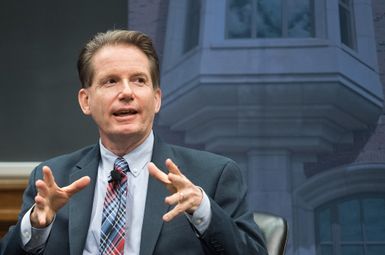
At the COP28 climate summit in Dubai, nearly 200 nations approved a global pact that calls for transitioning away from fossil fuels—a first. The deal also calls for tripling the use of renewable energy, doubling energy efficiency and slashing methane emissions.

Autonomous and electric vehicles can be a positive force for people and the planet, but widespread gains require government incentives and investment to ensure access for users across the economic spectrum.
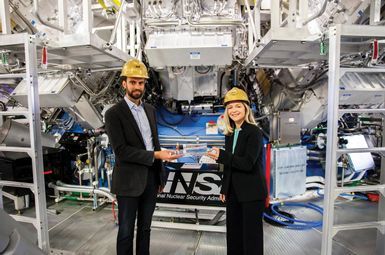
Once derided as “forever 30 years away,” fusion energy has a new swagger. Will it last?

LED lighting is up to 44% more efficient than 4-foot fluorescent tubes, according to a U-M study. Lighting is responsible for 11% of electricity use in commercial buildings and residential basements, garages and shops. Linear recessed lighting systems, which are also called linear fixtures or troffer lights, are among the largest opportunities for energy efficiency improvement, given their long operating hours.
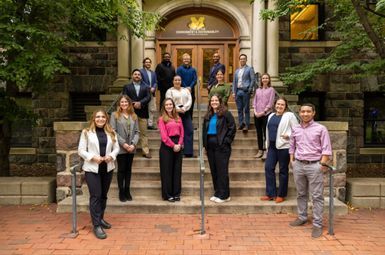
Sixteen U-M students and their faculty adviser will attend the two-week COP28 climate summit in Dubai, United Arab Emirates. The students will observe the negotiations, attend side events and interact with various experts. This year’s conference runs from Nov. 30 to Dec. 12. U-M has sent student delegations to U.N. climate change conferences since 2009.